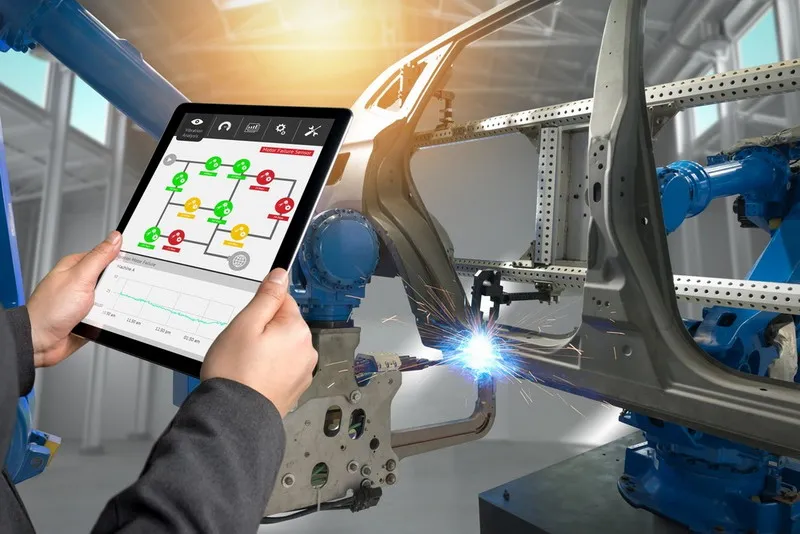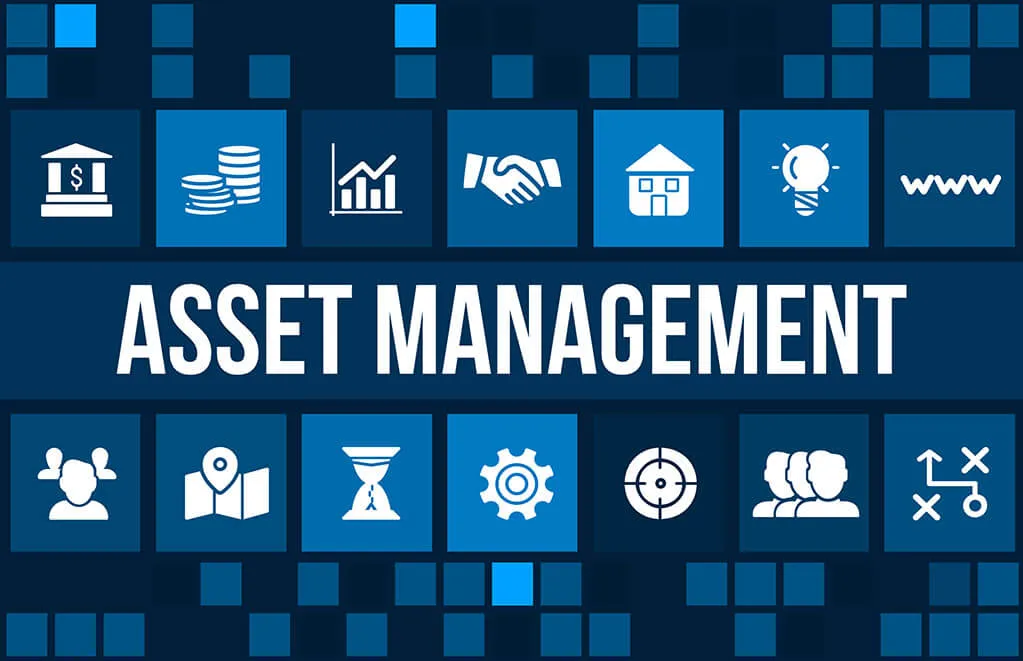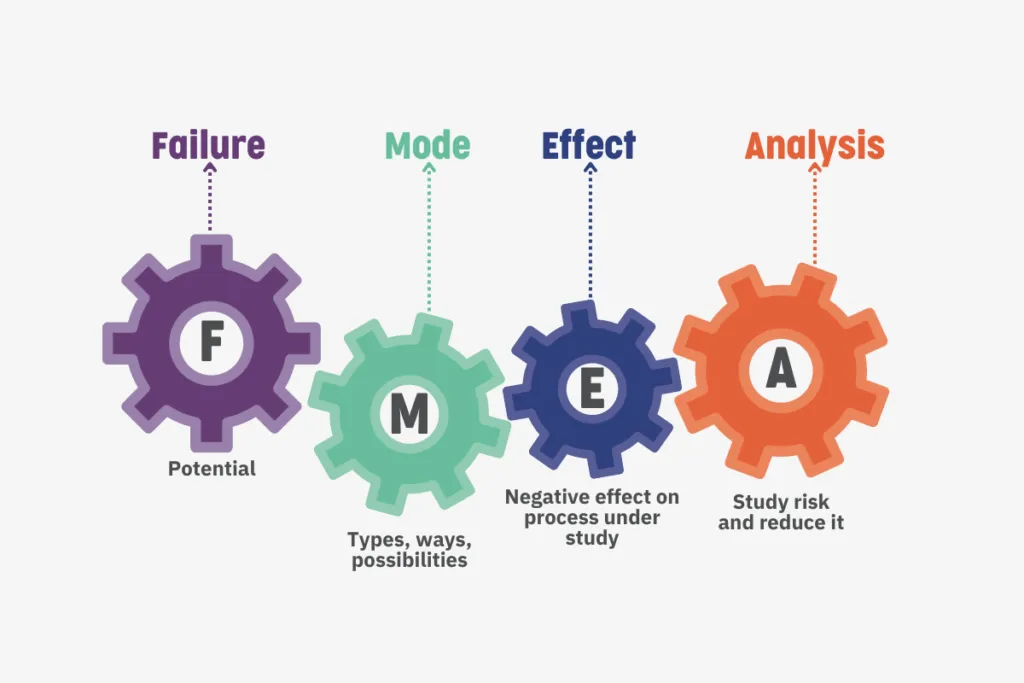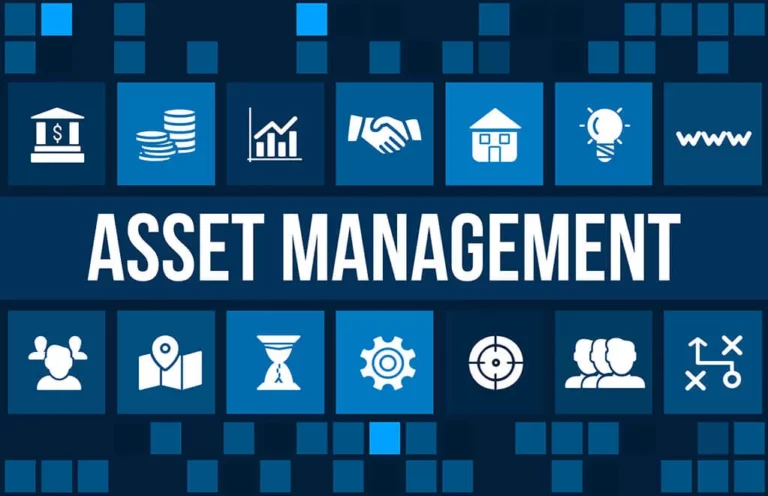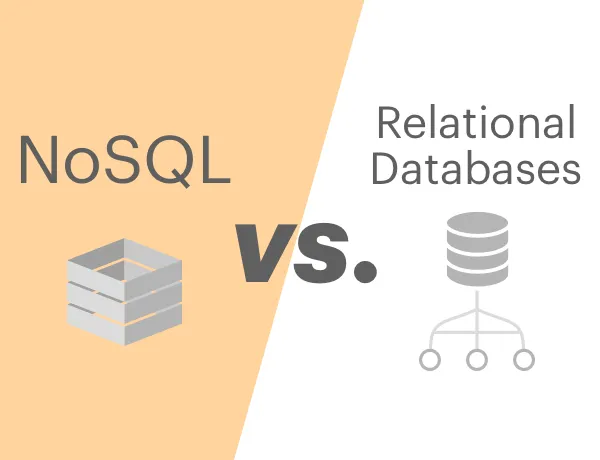Condition-Based Monitoring in Mechanical Databases
In the dynamic landscape of industrial operations, the adoption of advanced technologies has become instrumental in optimizing efficiency and minimizing downtime. Condition-Based Monitoring (CBM) in Mechanical Databases is a revolutionary approach that leverages data-driven insights to enhance performance, extend equipment life, and streamline maintenance strategies. In this blog post, we’ll delve into the intricacies of Condition-Based Monitoring in Mechanical Databases, exploring the benefits, real-time applications, and strategies for implementing condition-based maintenance.
Condition-Based Monitoring in Mechanical Databases
Condition-Based Monitoring is a proactive methodology that involves the continuous monitoring of equipment and machinery to assess its operational condition. In the context of mechanical databases, CBM harnesses the power of data analytics to monitor, analyze, and interpret various parameters, providing a real-time understanding of equipment health. Let’s explore key aspects of CBM in mechanical databases:
Data Sensing and Collection
CBM relies on the deployment of sensors and data collection devices integrated into mechanical systems. These sensors capture a myriad of parameters such as temperature, vibration, pressure, and fluid levels. The data generated by these sensors is then fed into the mechanical databases for real-time analysis.
Real-time Data Analytics
The core strength of CBM lies in its ability to analyze data in real time. Advanced analytics algorithms process the incoming data to identify patterns, anomalies, and deviations from normal operating conditions. This real-time analysis enables swift decision-making and proactive interventions to address potential issues.
Predictive Maintenance Insights
By analyzing historical and real-time data, CBM provides predictive maintenance insights. The system can forecast potential equipment failures, allowing maintenance teams to schedule interventions precisely when needed. This predictive approach minimizes unplanned downtime, reduces maintenance costs, and extends equipment lifespan.
Integration with Mechanical Databases
CBM seamlessly integrates with mechanical databases, creating a centralized repository of equipment health data. The continuous influx of real-time data enhances the database’s ability to provide comprehensive insights into equipment performance, historical trends, and the effectiveness of maintenance strategies.
Real-time Condition Monitoring in Databases
Real-time Condition Monitoring takes CBM to the next level by providing instantaneous insights into equipment health and performance. In the realm of databases, real-time monitoring ensures that organizations have up-to-the-minute information on the condition of their mechanical assets. Let’s delve into key aspects of real-time condition monitoring in databases:
Immediate Issue Detection
Real-time monitoring enables the immediate detection of issues as they arise. Whether it’s a sudden spike in temperature, abnormal vibration patterns, or a drop in pressure, organizations can receive instant alerts, allowing maintenance teams to investigate and address potential problems promptly.
Continuous Performance Assessment
Unlike traditional periodic monitoring, real-time condition monitoring offers continuous performance assessment. This constant stream of data allows organizations to gain a nuanced understanding of how equipment operates under various conditions, facilitating more accurate performance assessments and informed decision-making.
Remote Accessibility
With real-time monitoring, stakeholders can access critical data remotely. This level of accessibility is particularly valuable for organizations with multiple locations or distributed assets. It ensures that decision-makers have instant access to the information they need, regardless of their physical location.
Customized Alarming and Reporting
Real-time condition monitoring systems allow organizations to set customized alarms and reporting thresholds. This means that alerts are tailored to specific conditions or parameters, preventing unnecessary alarms and ensuring that maintenance teams focus on critical issues that require immediate attention.
Condition-Based Maintenance Strategies
Condition-Based Maintenance (CBM) strategies are a logical outcome of effective condition monitoring. These strategies leverage the insights provided by CBM to optimize maintenance activities, ensuring that interventions are performed when necessary rather than on a predefined schedule. Let’s explore key strategies for implementing condition-based maintenance:
Predictive Maintenance
Predictive maintenance is at the forefront of CBM strategies. By leveraging real-time data analytics, organizations can predict when equipment failures are likely to occur. This allows for planned maintenance activities, minimizing downtime and reducing the likelihood of costly emergency repairs.
Preventive Maintenance Optimization
CBM enhances the effectiveness of preventive maintenance by providing data-driven insights. Rather than relying on fixed schedules, organizations can optimize preventive maintenance tasks based on the actual condition of the equipment. This ensures that maintenance activities are aligned with the equipment’s operational needs.
Risk-Based Maintenance
Risk-based maintenance involves prioritizing maintenance tasks based on the level of risk associated with equipment failure. CBM provides a continuous assessment of risk factors, allowing organizations to allocate resources to address the most critical issues first. This proactive approach minimizes the impact of potential failures on overall operations.
Condition-Driven Decision-Making
CBM empowers organizations to make informed, condition-driven decisions. Whether it’s deciding when to replace a component, scheduling maintenance activities, or optimizing equipment usage, condition-based decision-making ensures that actions are aligned with the actual health and performance of the equipment.
Database-Driven Predictive Maintenance
Predictive Maintenance is a proactive strategy that leverages data analytics and machine learning algorithms to predict when equipment failures are likely to occur. When coupled with robust databases, this approach becomes Database-Driven Predictive Maintenance – a transformative methodology that combines the power of real-time data analytics with historical performance trends. Let’s explore the key elements of Database-Driven Predictive Maintenance:
Data Integration and Centralization
The foundation of Database-Driven Predictive Maintenance lies in the integration and centralization of data. Mechanical databases serve as the repository for a wealth of information, including historical performance data, maintenance records, and real-time sensor data. By consolidating this data in a central database, organizations create a comprehensive platform for predictive analytics.
Advanced Analytics Algorithms
Sophisticated analytics algorithms are employed to analyze historical data and identify patterns or anomalies. Machine learning models, powered by the data stored in databases, can learn from past performance and predict future equipment behavior. These models continuously refine their predictions as more data becomes available, enhancing accuracy over time.
Real-time Monitoring and Feedback Loop
Real-time monitoring of critical parameters, facilitated by IoT sensors and other monitoring devices, enables continuous data streaming into the mechanical databases. This real-time data is then fed into the predictive maintenance algorithms, creating a dynamic feedback loop. As equipment conditions change, the algorithms adjust predictions in real time, ensuring the accuracy of maintenance recommendations.
Automated Alerting and Scheduling
The predictive maintenance system, driven by databases, automates the alerting process. When the algorithms detect potential issues or deviations from normal operating conditions, automated alerts are generated. These alerts prompt maintenance teams to take preventive action, such as scheduling maintenance tasks or inspections, before a failure occurs.
Monitoring Critical Parameters in Mechanical Systems
Monitoring critical parameters in mechanical systems is fundamental to gaining a comprehensive understanding of equipment health and performance. Critical parameters are the key indicators that provide insights into the operational conditions of machinery. Let’s explore the significance of monitoring critical parameters:
Vibration Levels
Vibration levels serve as a crucial parameter in assessing the condition of rotating machinery. Abnormal vibrations can indicate misalignments, unbalanced components, or impending mechanical failures. Continuous monitoring of vibration levels helps detect issues early, enabling timely interventions.
Temperature
Temperature monitoring is vital for assessing the thermal conditions of equipment. Elevated temperatures may signify issues such as overheating, lubrication problems, or electrical faults. By monitoring temperature trends, organizations can identify potential problems and prevent equipment damage.
Pressure
Pressure levels are critical in systems involving fluids or gases. Monitoring pressure variations helps detect leaks, blockages, or irregularities in the flow of substances. Timely identification of pressure anomalies ensures the integrity and efficiency of mechanical systems.
Oil and Lubrication Quality
Mechanical systems often rely on proper lubrication for optimal performance. Monitoring the quality and levels of oil and lubricants provides insights into the health of moving parts. Changes in lubrication conditions can indicate wear and tear, enabling proactive maintenance measures.
IoT Sensors for Condition-Based Monitoring in Databases
The Internet of Things (IoT) has revolutionized the way mechanical systems are monitored and managed. IoT sensors play a pivotal role in condition-based monitoring, feeding real-time data into databases and facilitating predictive maintenance strategies. Let’s explore the role of IoT sensors in enhancing condition-based monitoring:
Real-time Data Acquisition
IoT sensors continuously collect and transmit real-time data from mechanical systems. This includes information on temperature, vibration, humidity, and other relevant parameters. The real-time nature of IoT sensor data ensures that databases receive the most up-to-date information for analysis.
Wireless Connectivity
IoT sensors are equipped with wireless connectivity, enabling seamless integration with databases and central monitoring systems. This wireless capability eliminates the need for complex wiring installations, making it easier to deploy sensors across various parts of a facility or equipment.
Remote Accessibility
IoT sensors enhance remote accessibility to critical data. With real-time data streaming into databases, stakeholders can monitor equipment conditions and receive alerts from virtually anywhere. This level of accessibility facilitates quick decision-making and enables rapid responses to potential issues.
Scalability and Flexibility
The scalability and flexibility of IoT sensor networks make them adaptable to diverse mechanical environments. Whether it’s a single piece of equipment or an entire industrial facility, IoT sensors can be deployed at scale. This scalability ensures comprehensive coverage for condition-based monitoring.
the integration of Database-Driven Predictive Maintenance, the monitoring of critical parameters in mechanical systems, and the deployment of IoT sensors for condition-based monitoring represent a paradigm shift in how organizations manage and maintain their mechanical assets. By leveraging the power of databases and advanced technologies, organizations can transition from reactive maintenance practices to proactive, data-driven strategies. As the synergy between data analytics, sensors, and databases continues to evolve, the future of predictive maintenance promises unprecedented efficiency, reliability, and precision in the industrial landscape.
Conclusion
the integration of Condition-Based Monitoring in Mechanical Databases marks a paradigm shift in how organizations manage their mechanical assets. Real-time monitoring, predictive maintenance insights, and condition-based maintenance strategies contribute to enhanced efficiency, reduced downtime, and cost savings. As industries continue to embrace the era of data-driven decision-making, the synergy between condition-based monitoring and mechanical databases will undoubtedly shape the future of maintenance practices, ensuring that organizations operate at the pinnacle of performance and reliability.
